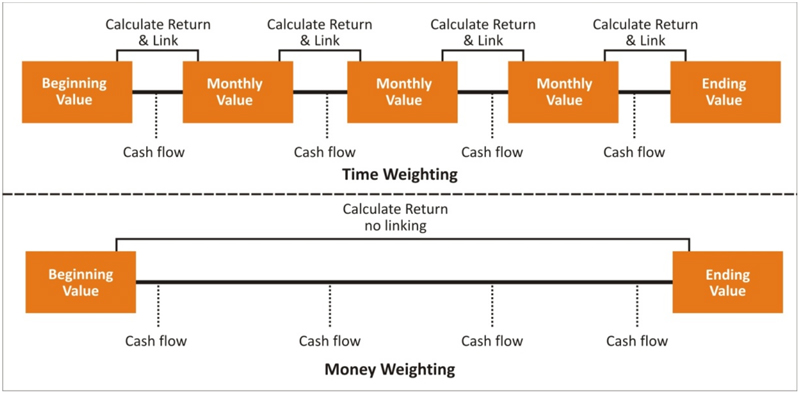Contributed by: Josh Bitel
If you have recently retired or changed jobs, you may be wondering what will happen to the 401k you’ve been diligently contributing to over the years. As with almost every financial decision, there is no “one size fits all” answer, it truly will depend on your own unique goals and desire to receive professional guidance on the account. In most cases, however, there are three options that you will want to consider:
Leaving your 401k where it is
Limited investment options
Especially in bonds/fixed income
401k plans can be great for accumulating but when one is in distribution mode, in many cases, having access to a wider array of investment options is preferred
Creditor protection
401k plans can offer additional protection compared to IRAs in certain circumstances
Self-directed in most cases aka you’re responsible for managing the account
In many cases, your 401k is your largest financial asset that will be used to support your retirement lifestyle; you should evaluate if you have the time and knowledge to adequately manage the account
*If you are changing jobs, some 401k plans offer you the ability to roll an old plan into your new one for consolidation.
Some additional flexibility on distributions
As long as you are over age 55 and no longer working, or over 59 ½ regardless of employment status, you can avoid the additional penalty on this distribution.
Rolling your 401k to an IRA
Access to a wider range of investment options
In many cases will allow you to better diversify your account and potentially reduce the overall risk level of your portfolio
Professional management
Investing funds within an IRA will allow a financial advisor to actively manage and provide advice on your account
Our processes at The Center allow us to review your individual investments and accounts every single day to see if changes are warranted
Good option for those who would prefer to delegate the financial matters in their life
Taxes
When rolling funds from a 401k to an IRA, it is typically recommended that you process the transfer as a direct rollover – this will make sure the transfer will not be a taxable event
Lump-sum distribution
Taxable event
Simply put, this is a full liquidation of the account which will result in a taxable event
Could pay upwards of 40% in tax between federal and state and possibly a 10% penalty if funds are withdrawn before age 55
In most cases will push you into a higher bracket
Bottom line, typically not recommended
In most cases, due to the severity of the tax implications, we would not recommend a total lump-sum distribution of funds
As always, be sure to consult your tax adviser when making decisions on large retirement plan distributions
Determining what to do with your old 401k plan is an important financial decision you won’t want to take lightly. I can’t tell you how many times we have seen new clients come to us who left their employer years ago and the overall investment allocation of the 401k plan they still have is nowhere close to where it should be given their stage in life and other financial goals. Please let us know how we can be a resource for you or those you care about when faced with the question, “what should I do with my old 401k plan?”
Josh Bitel is a Client Service Associate at Center for Financial Planning, Inc.®
The information contained in this report does not purport to be a complete description of the securities, markets, or developments referred to in this material. The information has been obtained from sources considered to be reliable, but we do not guarantee that the foregoing material is accurate or complete. Any opinions are those of Josh Bitel and not necessarily those of Raymond James. Expressions of opinion are as of this date and are subject to change without notice. There is no guarantee that these statements, opinions or forecasts provided herein will prove to be correct. Investing involves risk and you may incur a profit or loss regardless of strategy selected. For additional information and what is suitable for your particular situation, please consult us.



















